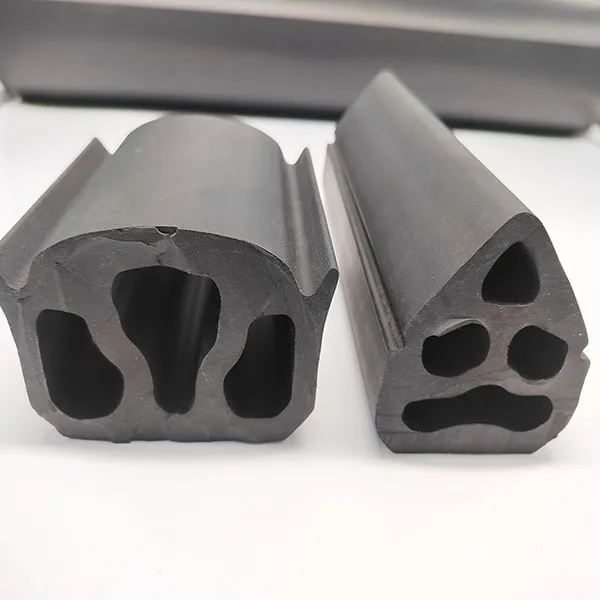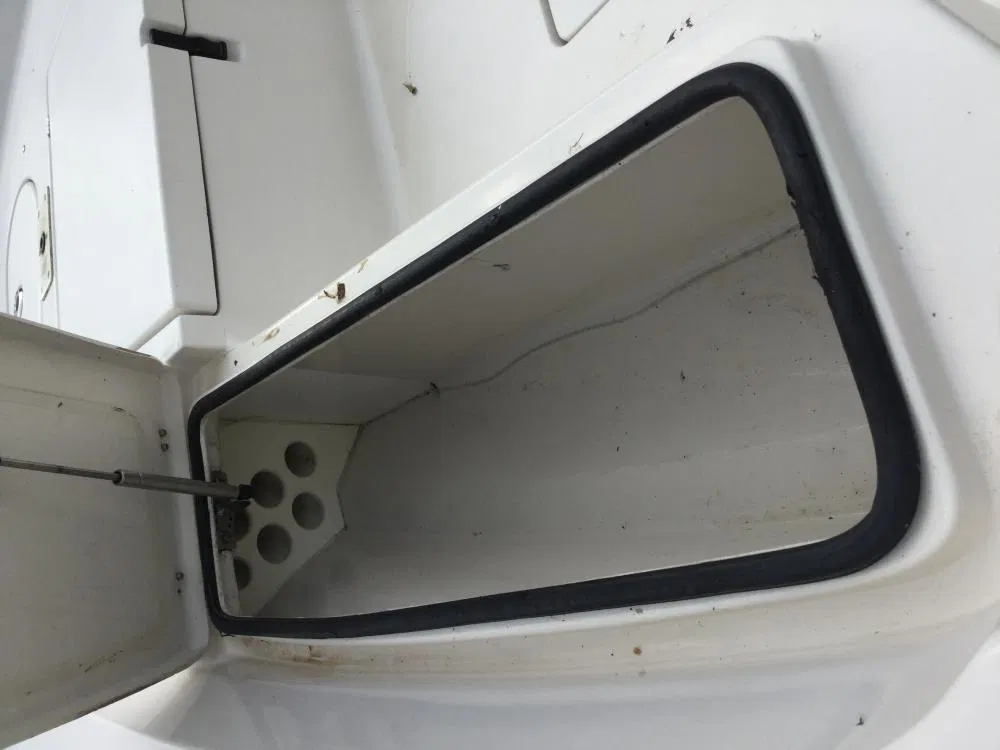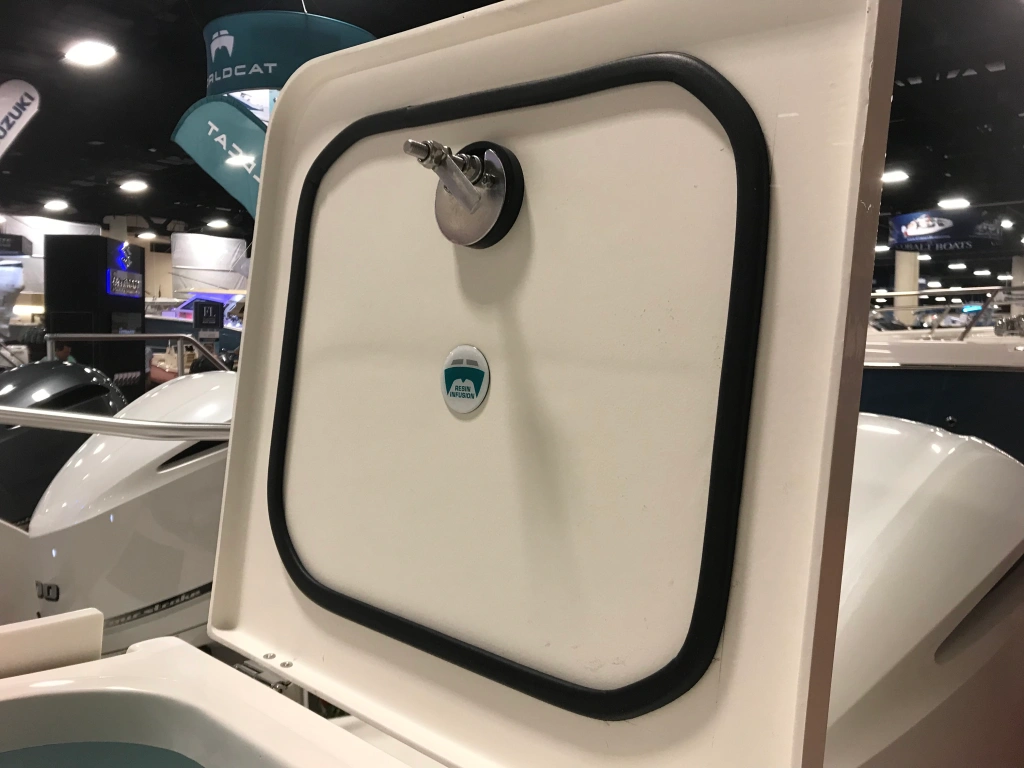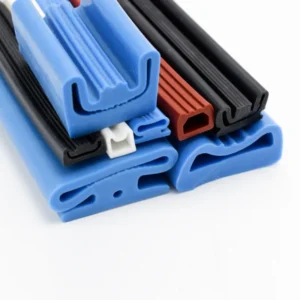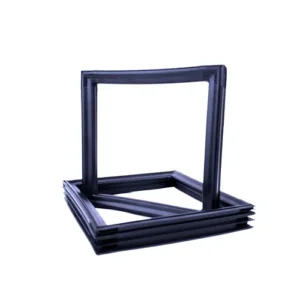Hatch Seals
Hatch Seals
Our hatch seals provide airtight and watertight protection, ensuring optimal performance in marine, industrial, and transportation applications. Designed to block water, dust, and air leaks, these seals offer excellent resistance to UV rays, ozone, and extreme weather conditions, making them ideal for both indoor and outdoor use.
With high flexibility and durable construction, our hatch seals maintain their shape under pressure, ensuring reliable performance over time. Easy to install and low maintenance, they reduce vibration, enhance energy efficiency, and protect equipment from environmental wear and tear.
Details About Hatch Seals
Details About Hatch Seals
Product Description
Our hatch seals are designed to provide airtight and watertight sealing solutions for marine, industrial, and transportation applications. These seals ensure long-lasting protection against water, dust, and air leaks, helping maintain the integrity and safety of hatches, doors, and enclosures.
Manufactured from durable and weather-resistant materials, our hatch seals offer excellent resistance to UV rays, ozone, and extreme temperatures, making them ideal for both indoor and outdoor use. With flexible designs that ensure a snug fit on various surfaces, these seals prevent contamination, enhance energy efficiency, and reduce noise and vibration. Whether for new installations or replacements, our hatch seals deliver reliable performance in harsh environments.
Applications
Hatch seals are essential for a wide range of industries, offering critical sealing and protection in the following applications:
- Marine and Offshore
- Provides watertight sealing for ship hatches, doors, and enclosures
- Ensures protection from saltwater, moisture, and extreme weather
- Industrial Equipment
- Seals enclosures, cabinets, and access panels to prevent dust and water ingress
- Reduces vibration and protects components in machinery
- Transportation and Rail
- Ensures airtight sealing in railcars, trailers, and freight containers
- Blocks moisture and contaminants to protect cargo during transit
- Construction and Architecture
- Seals roof hatches and skylights to prevent air drafts and leaks
- Provides thermal insulation for energy-efficient buildings
Our hatch seals offer easy installation and low maintenance, ensuring a secure fit and reliable protection over extended periods.
Common Hatch Seals Materials
Choosing the right material ensures optimal performance for different applications and environmental conditions. Below are some commonly used materials for hatch seals:
- EPDM Rubber
- Advantages: Excellent resistance to UV, ozone, and extreme weather. Performs well in outdoor environments.
- Disadvantages: Limited resistance to oils and certain chemicals.
- Neoprene Rubber
- Advantages: Good resistance to oils, chemicals, and abrasion. Suitable for marine and industrial use.
- Disadvantages: Less flexible than silicone in extremely cold conditions.
- Silicone Rubber
- Advantages: Exceptional high-temperature resistance and chemical stability. Ideal for extreme environments.
- Disadvantages: Higher cost compared to EPDM and neoprene.
Using the right material ensures maximum durability, reducing the need for frequent replacements and providing long-lasting performance.
Discuss the details of
your seal solution
Submit Your Inquiry to Primesealsolution,
All the Inquiries Will Be Replied Within 12 Hours.
More Rubber Seals Support Your Project
More Rubber Seals Support Your Project
FAQ For Rubber Seals
FAQ For Rubber Seals
How to Choose the Right Material?
Customers often ask how to select the appropriate material based on their working environment (e.g., high temperature, low temperature, chemical corrosion). Common materials include EPDM, silicone, nitrile rubber (NBR), and fluororubber (FKM), each offering specific resistance properties for different applications
What Temperature Range Can the Seal Handle?
Customers often ask how to select the appropriate material based on their working environment (e.g., high temperature, low temperature, chemical corrosion). Common materials include EPDM, silicone, nitrile rubber (NBR), and fluororubber (FKM), each offering specific resistance properties for different applications
What Are the Key Points to Ensure Proper Installation?
Proper installation is crucial for performance, and customers want to know how to keep the surface clean, avoid over-stretching, and whether to use lubricants for easier installation
What Should I Do if the Seal Ages or Fails?
Over time, seals may crack or deform. Customers often inquire about how to identify these issues early and use rubber rejuvenators to prolong their lifespan or properly replace failed seals
What Should I Do if the Seal Ages or Fails?
Over time, seals may crack or deform. Customers often inquire about how to identify these issues early and use rubber rejuvenators to prolong their lifespan or properly replace failed seals
Are Rubber Seals Environmentally Friendly?
Clients in eco-focused industries may ask about the material’s recyclability and environmental compliance, especially for projects aligned with green building certifications
How Can I Extend the Seal’s Service Life?
Customers are interested in maintenance tips such as choosing suitable materials, regular cleaning, avoiding overloading, and ensuring proper use to maximize durability

